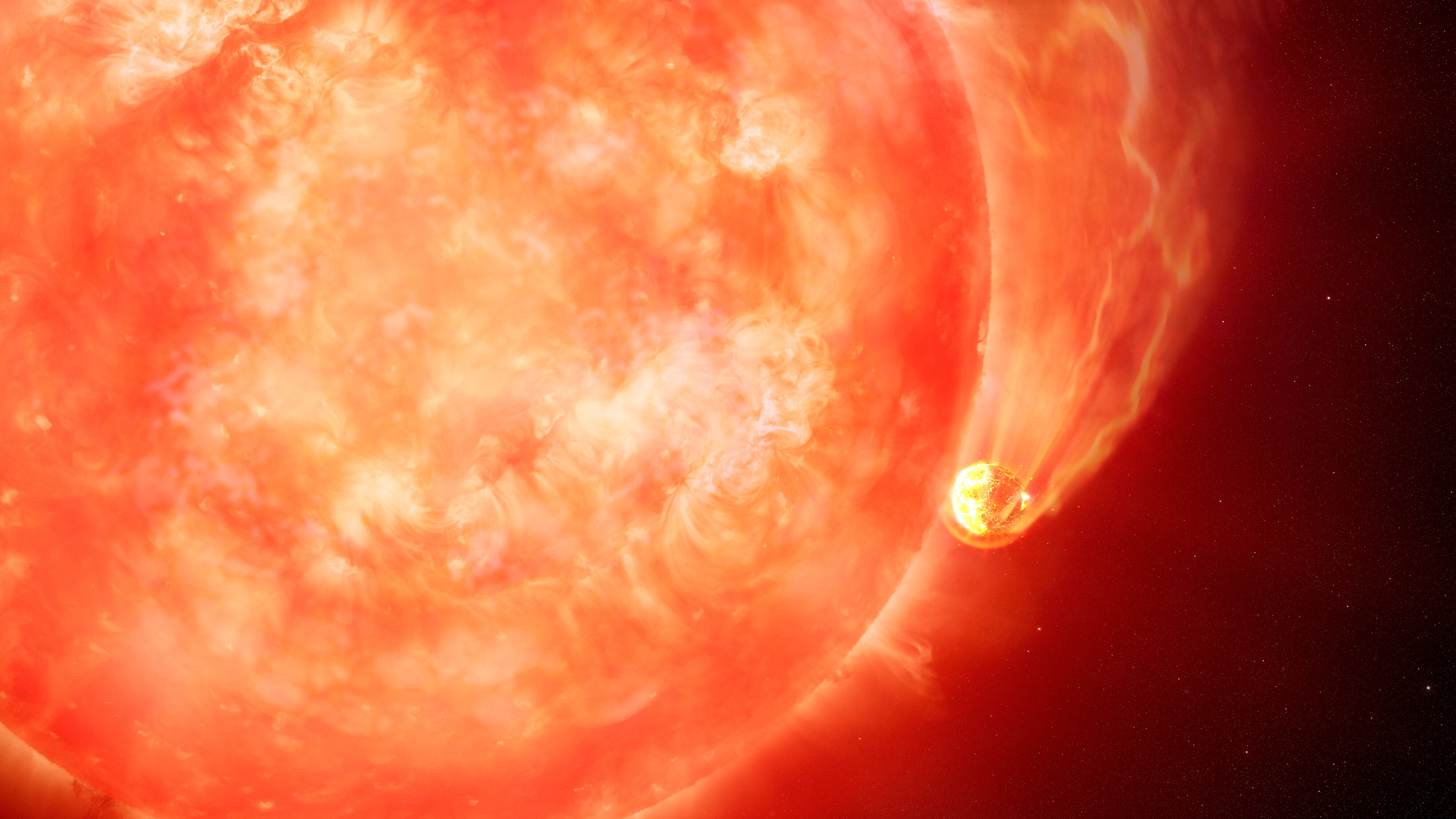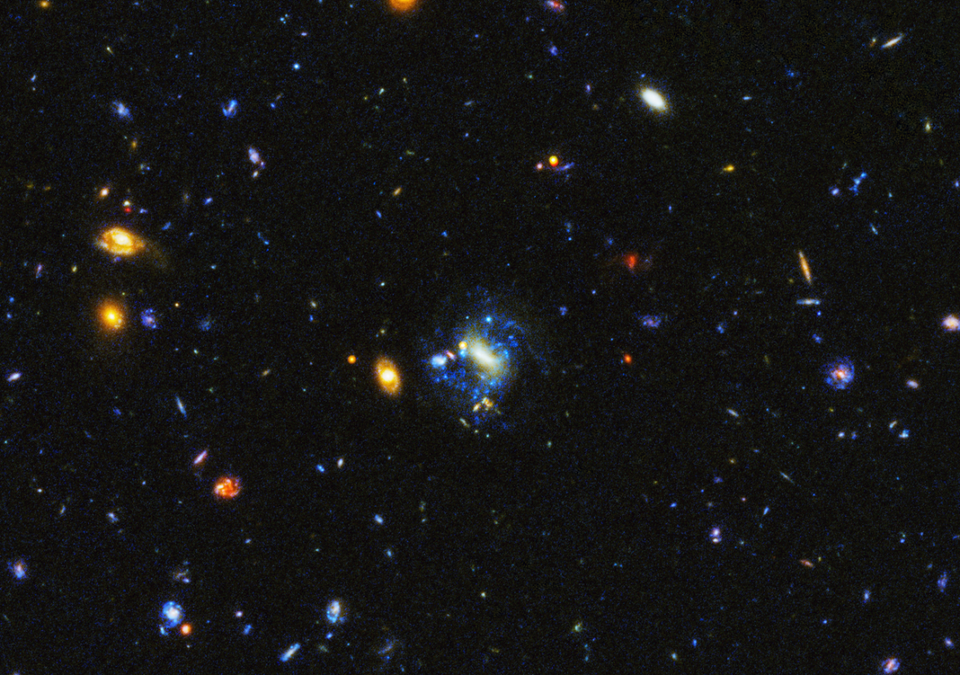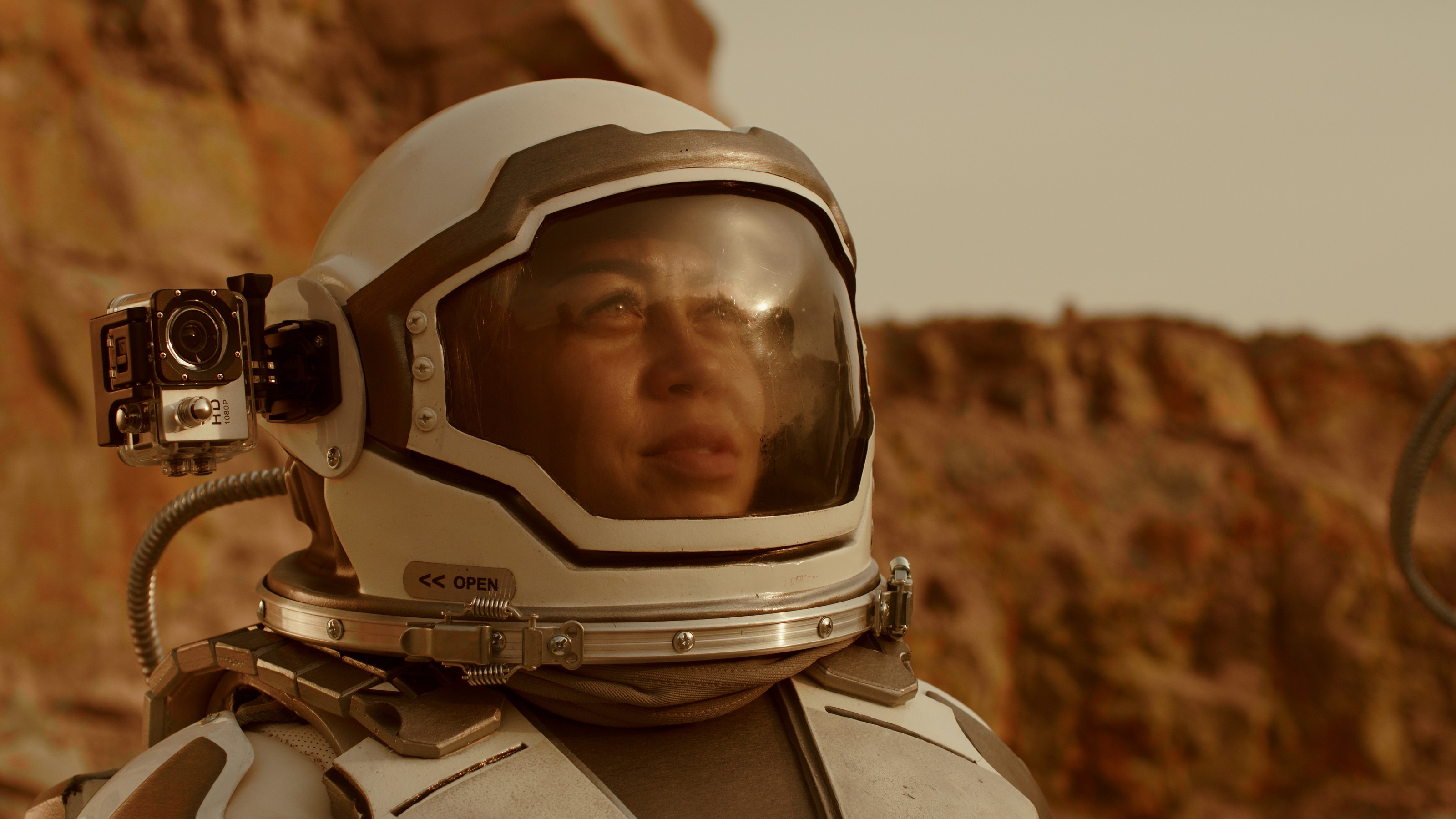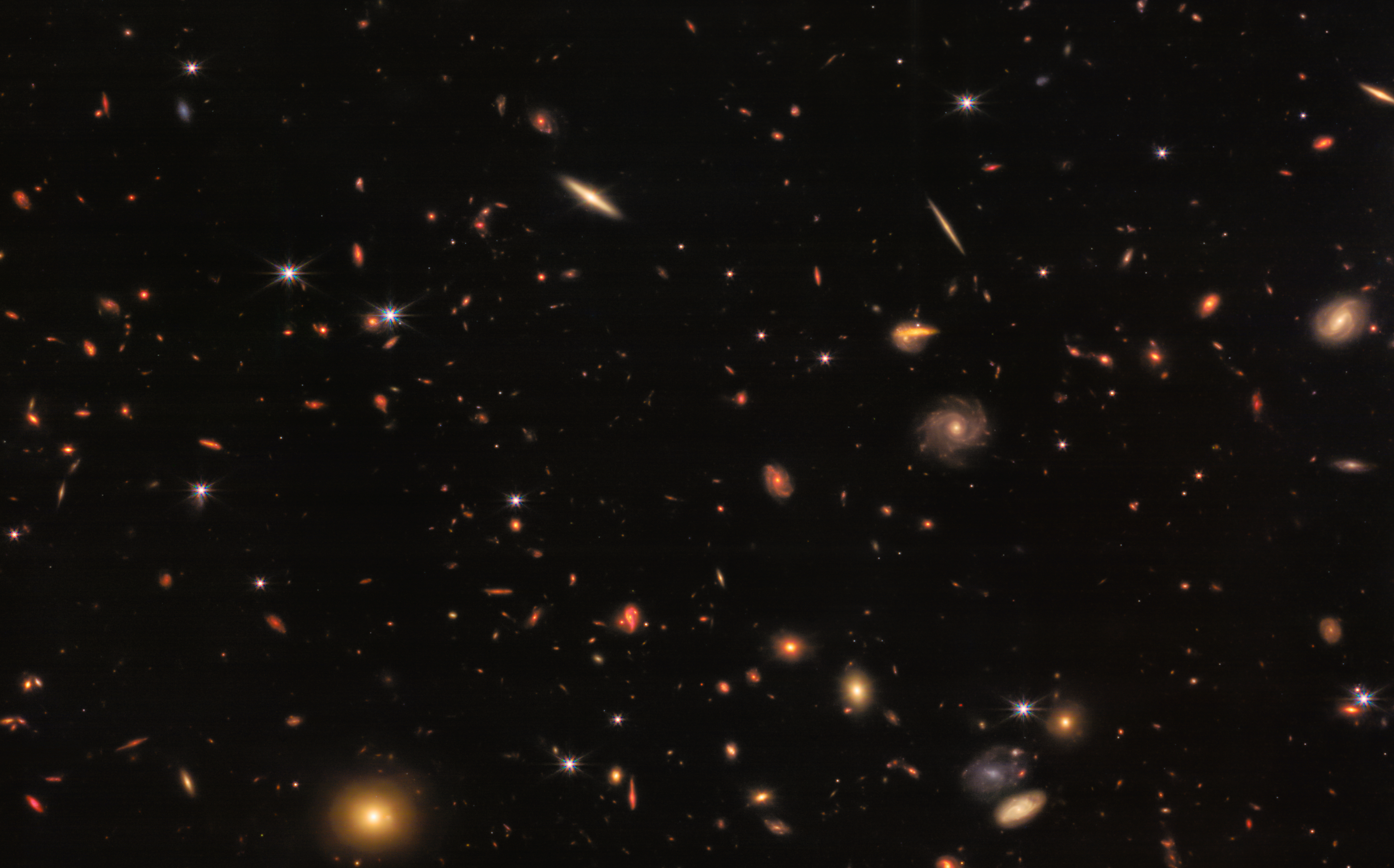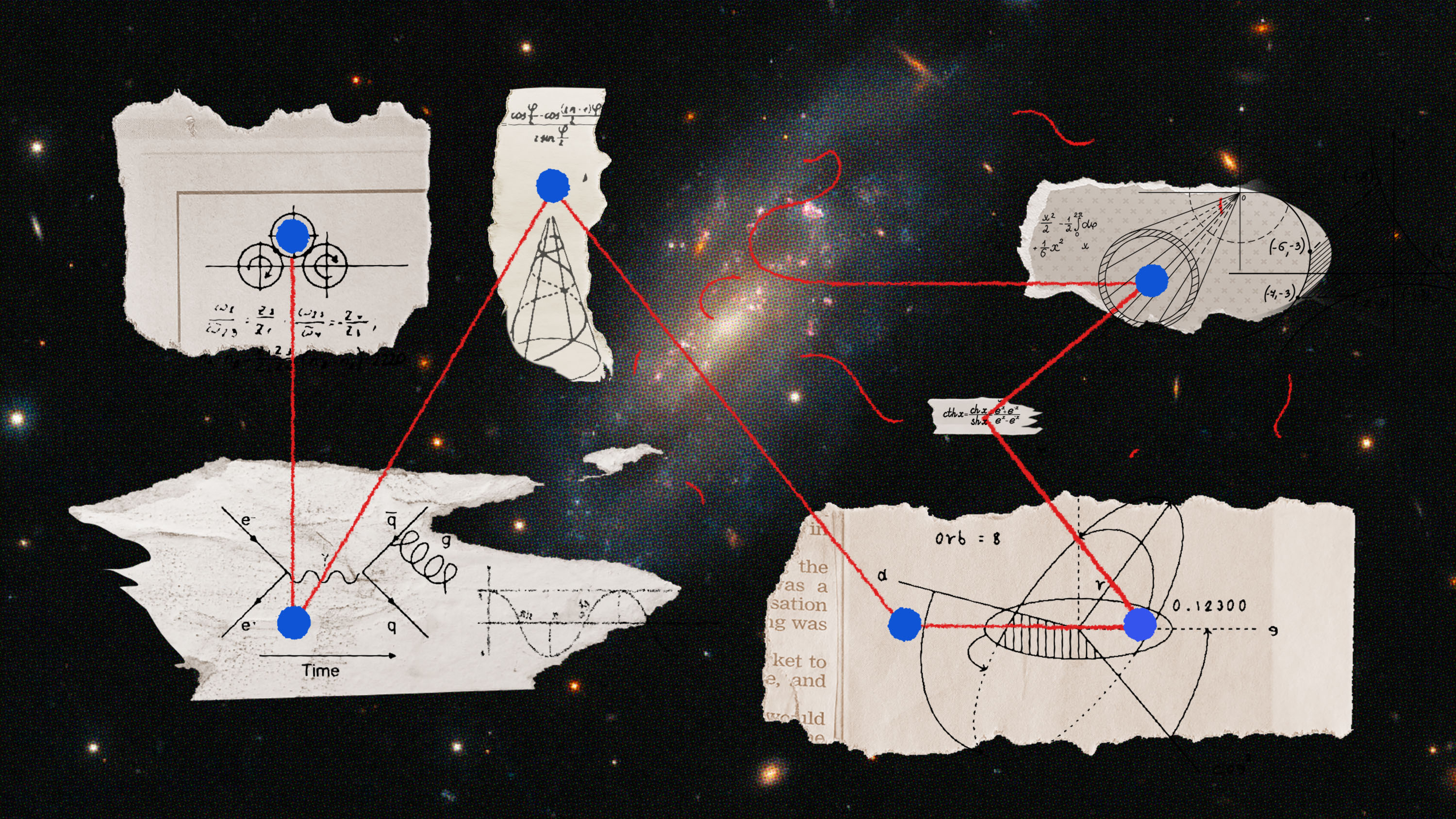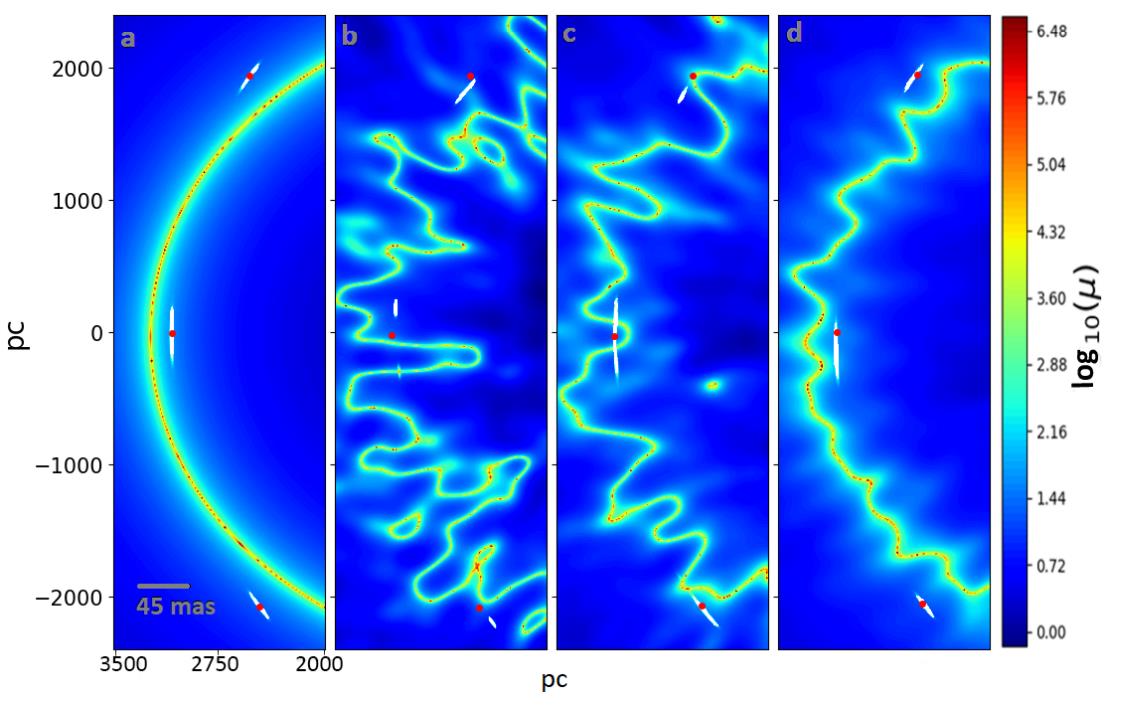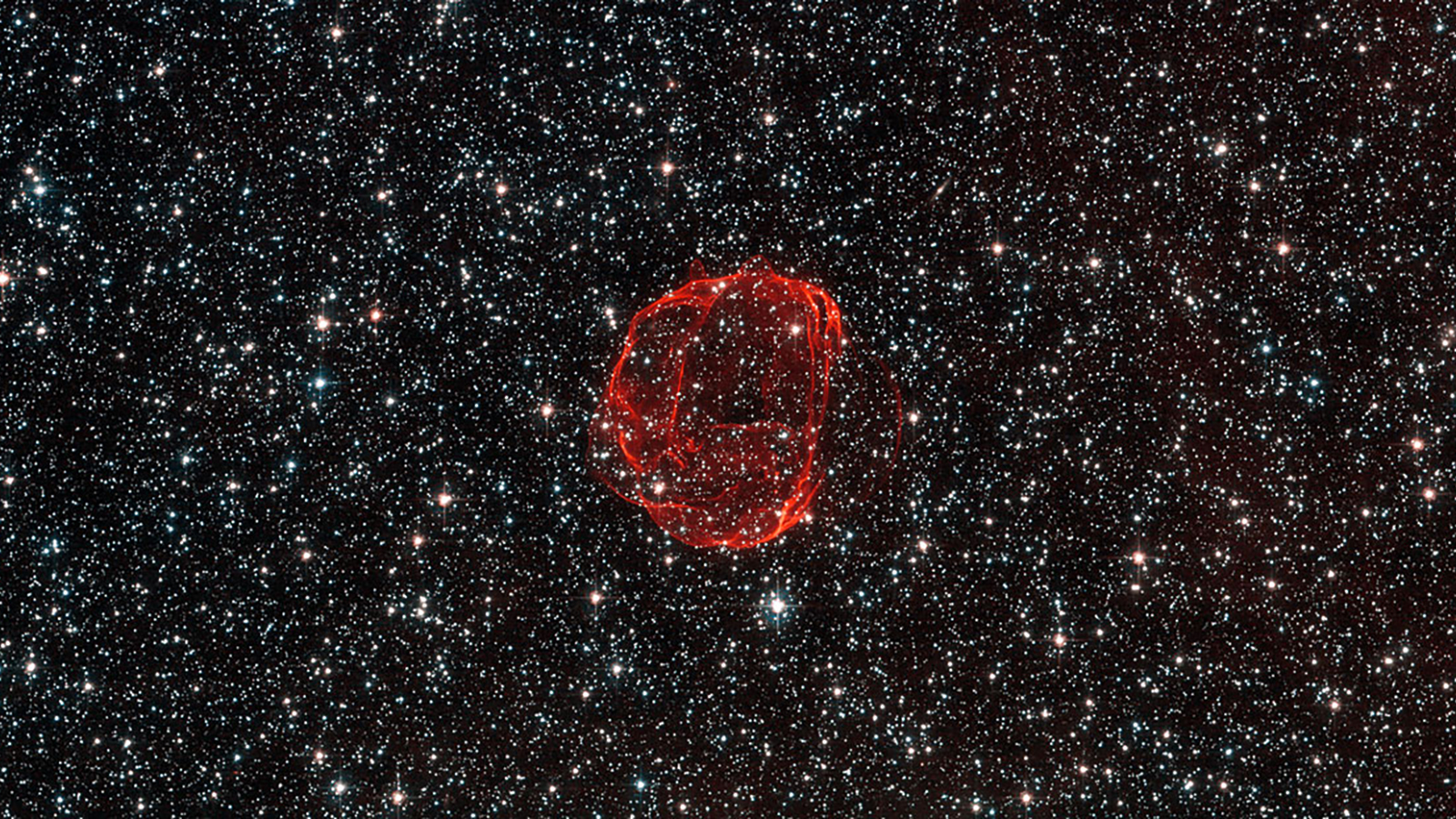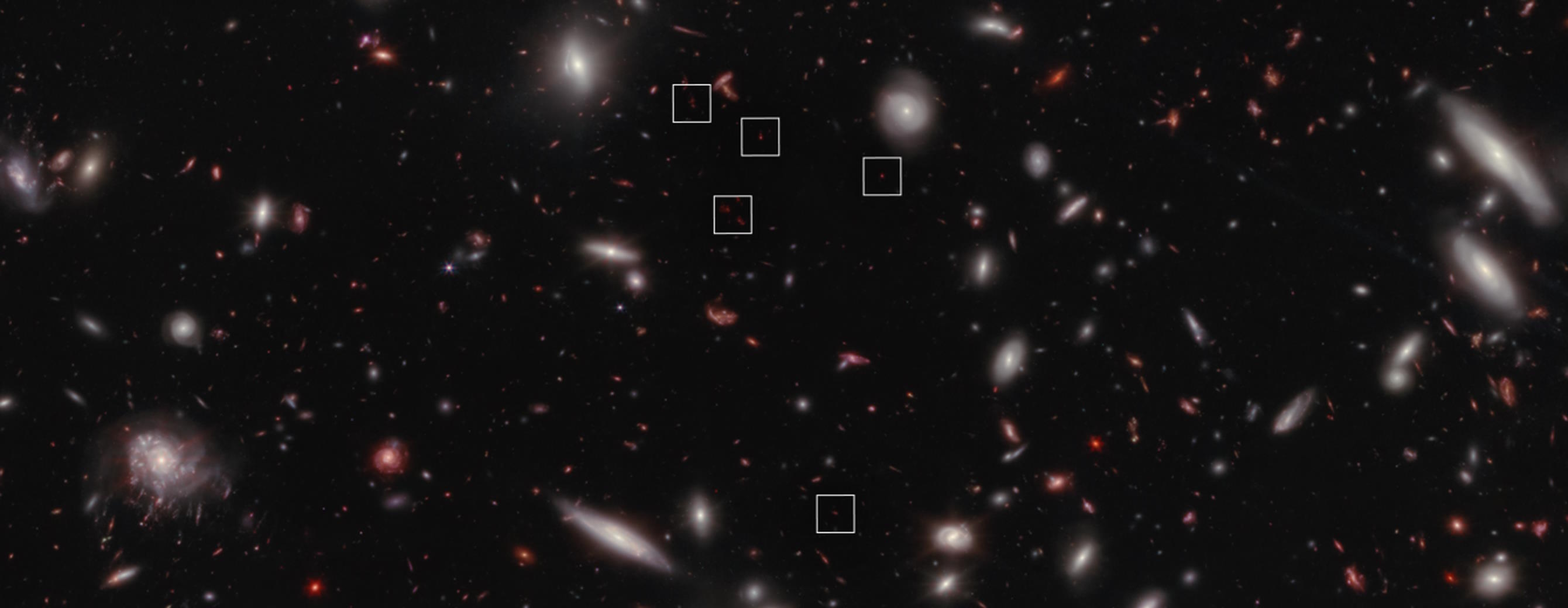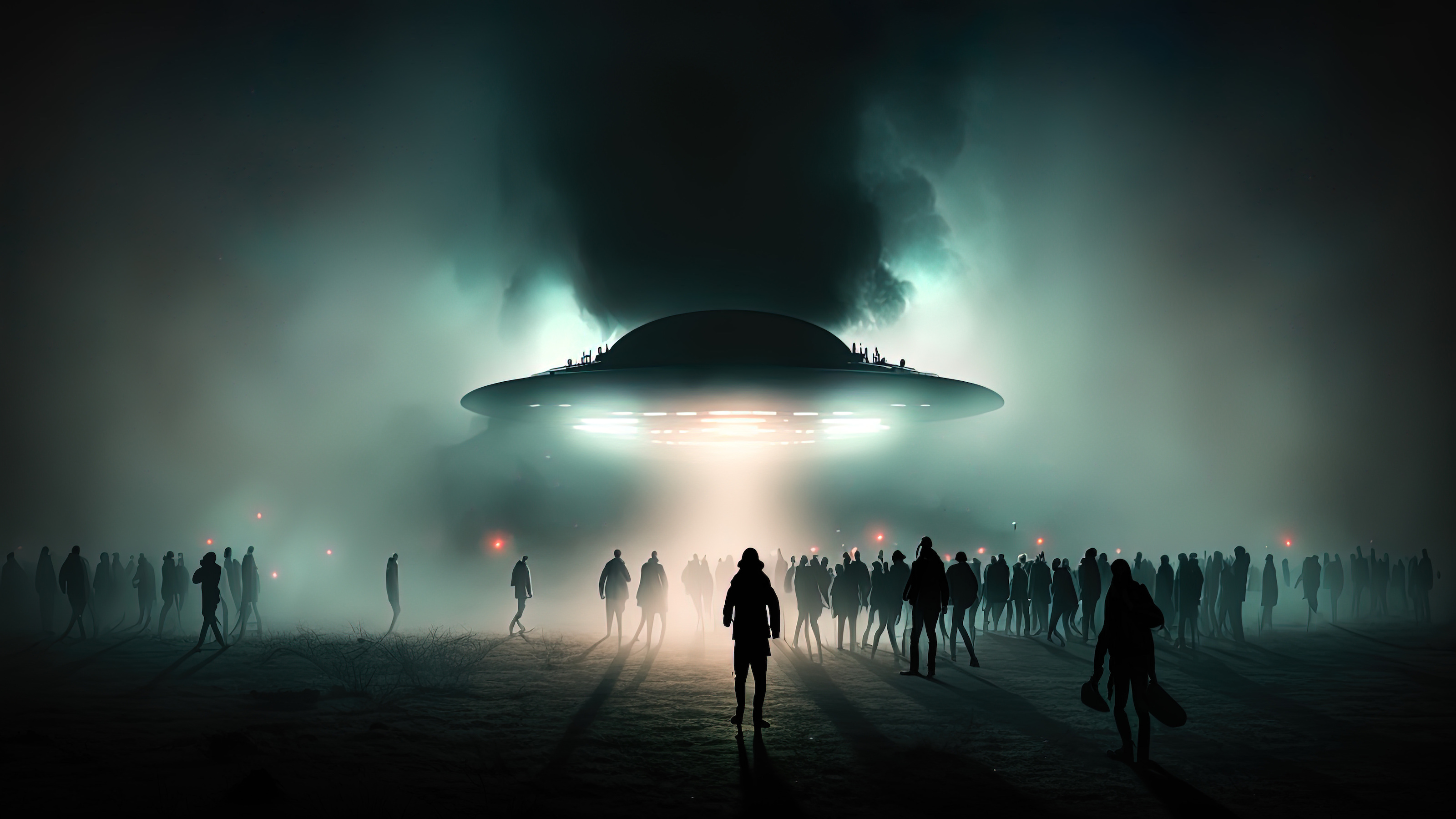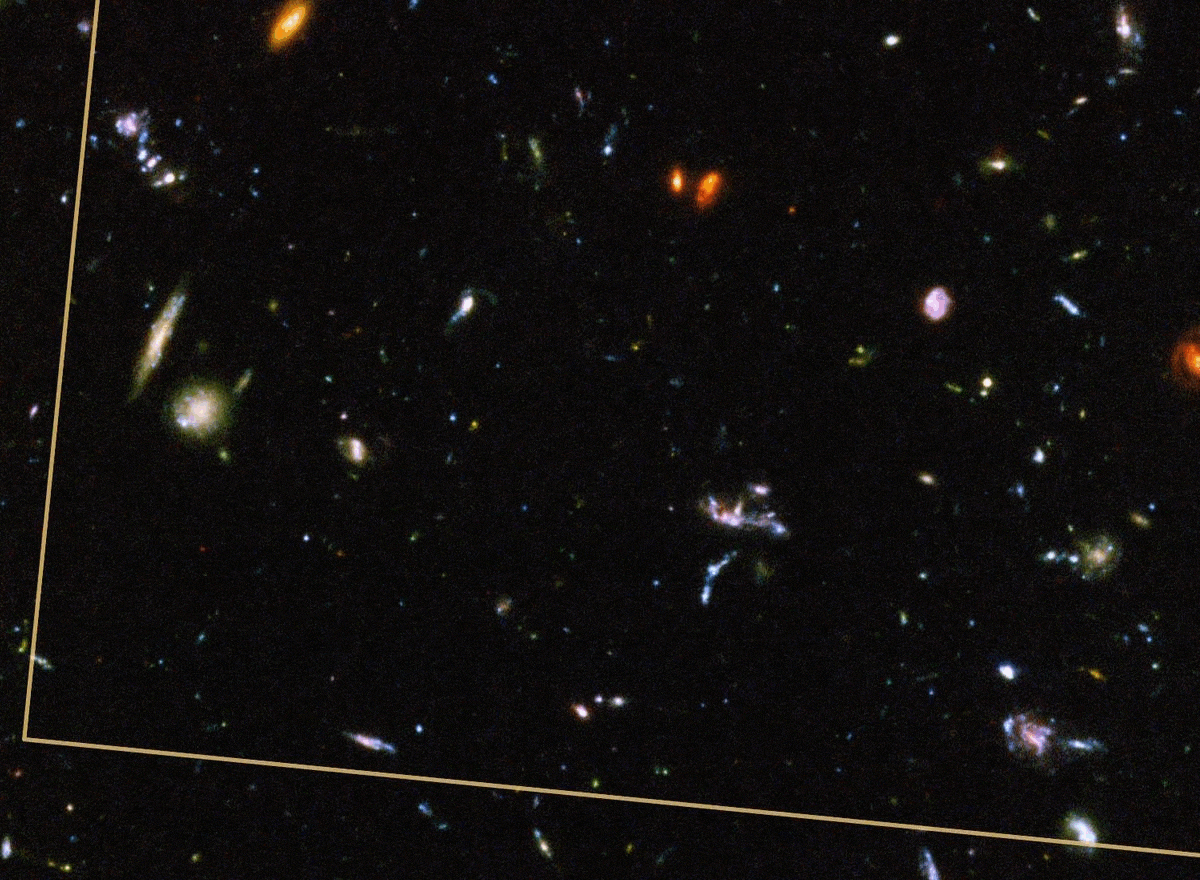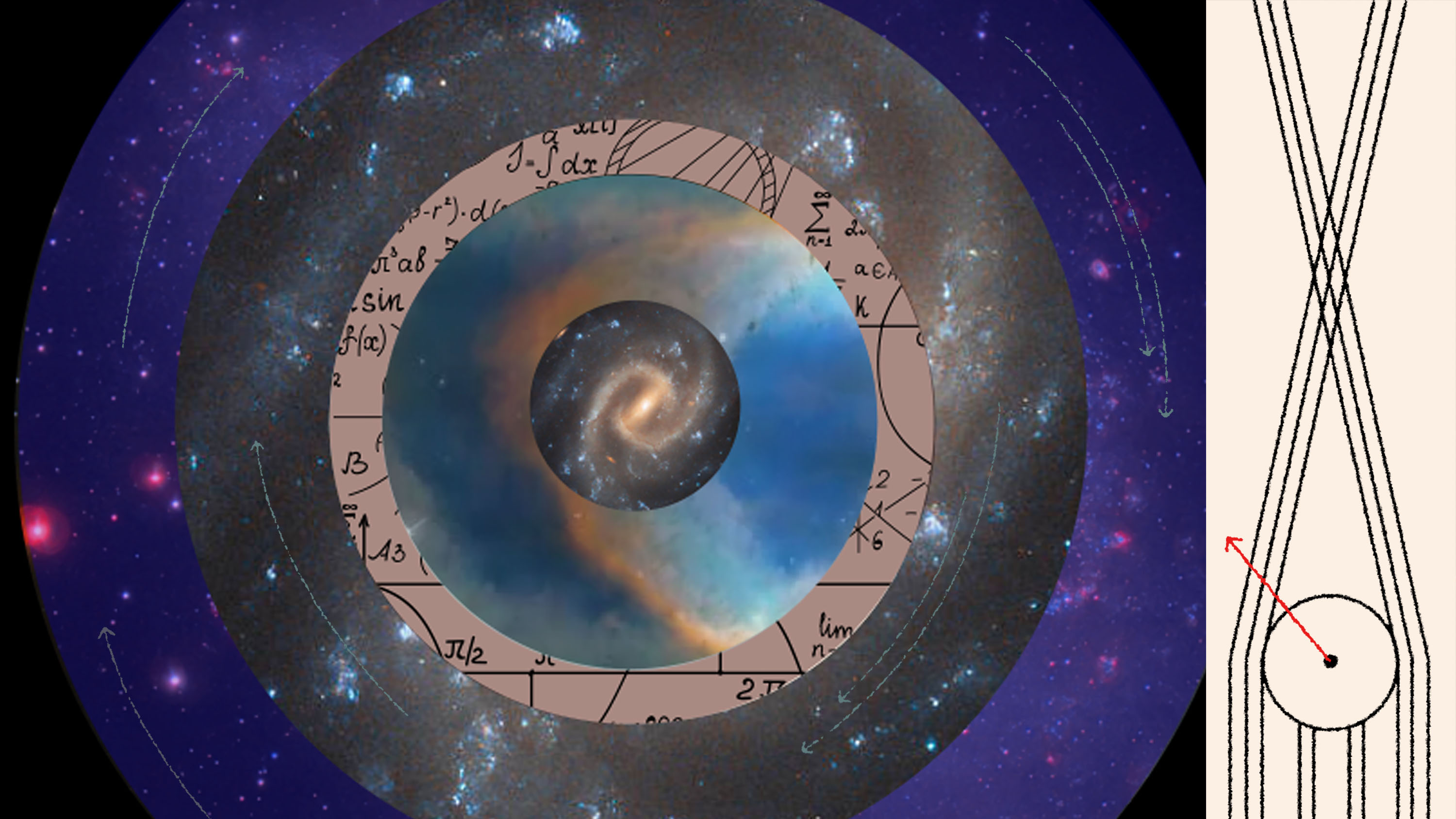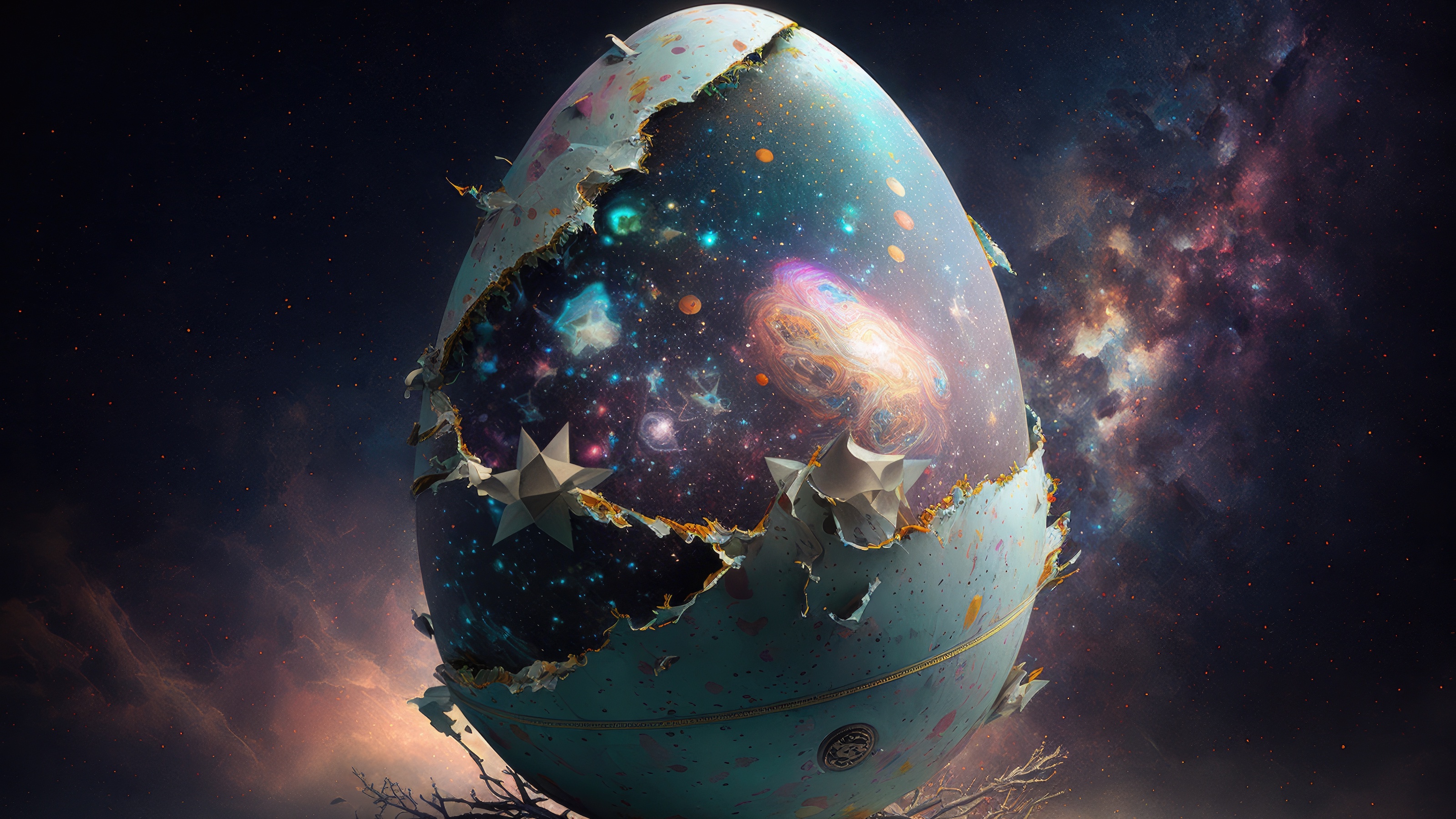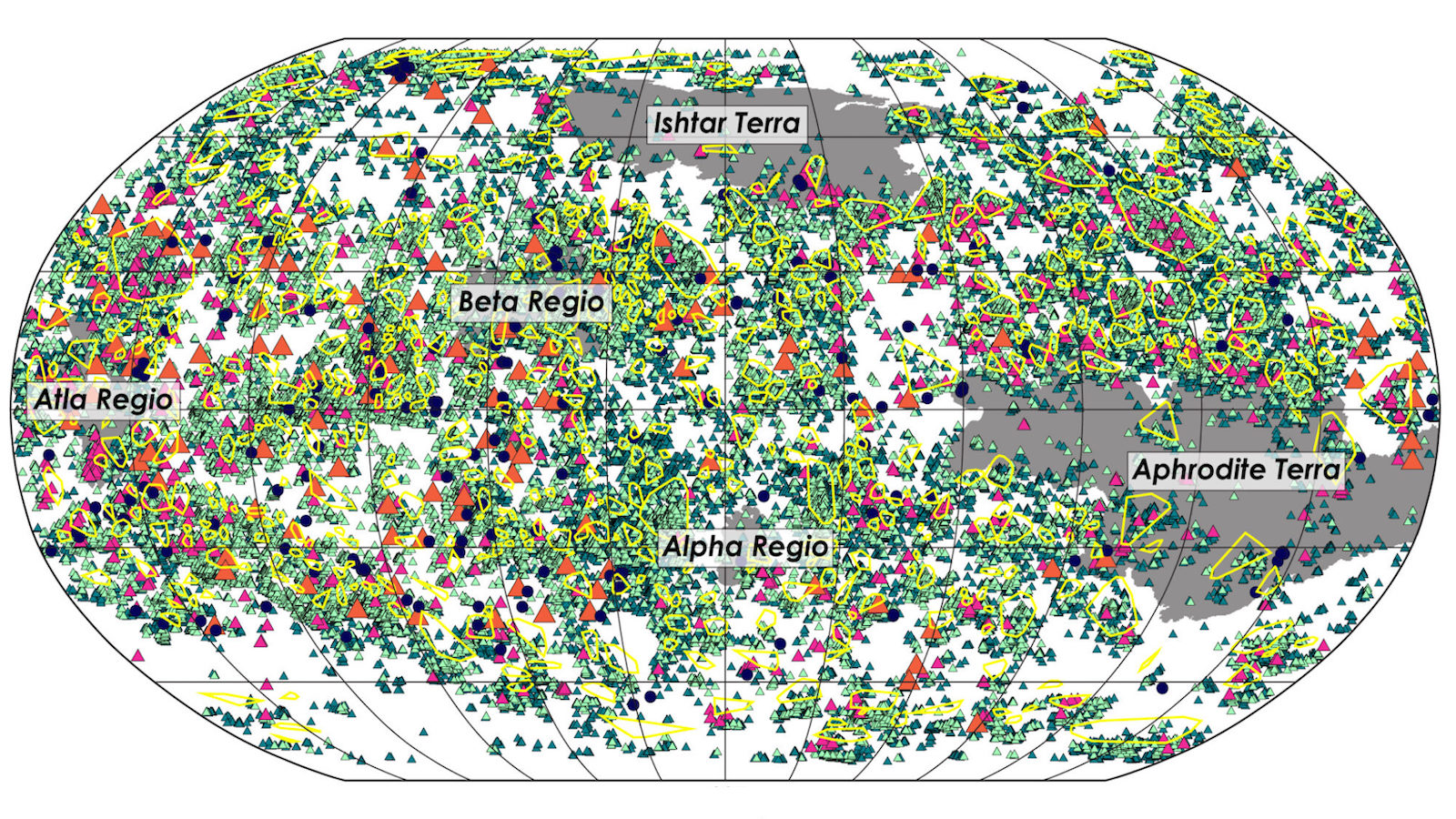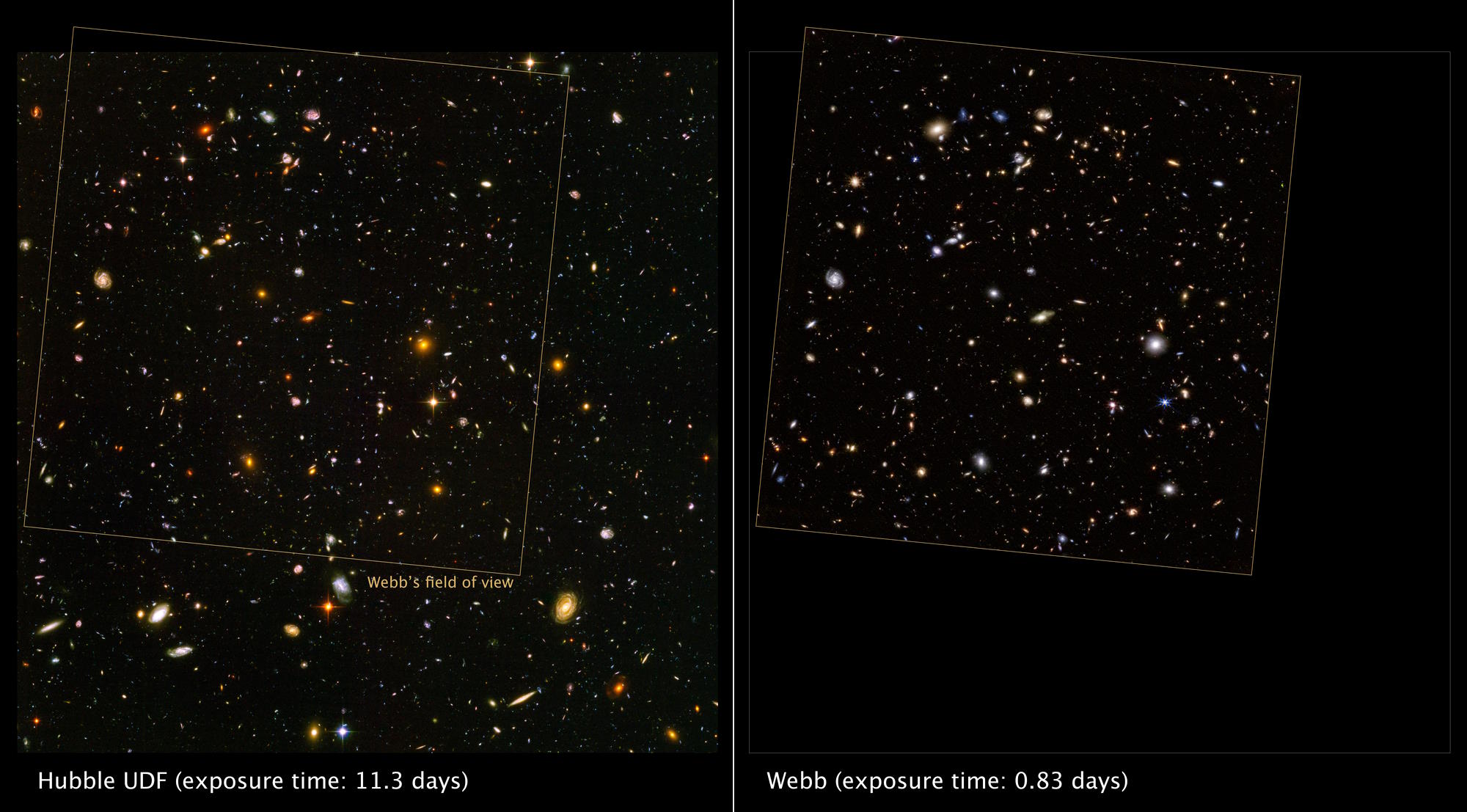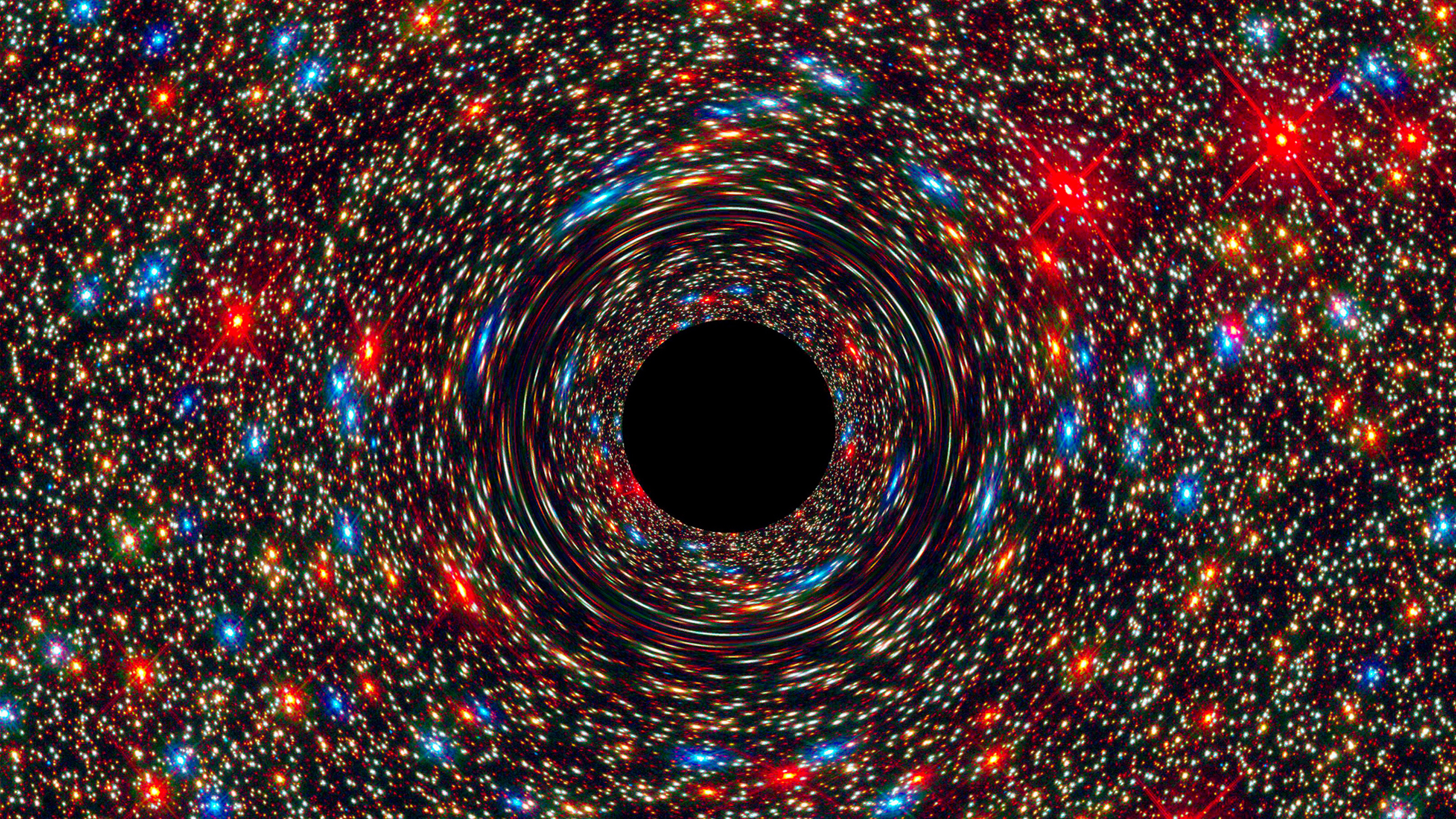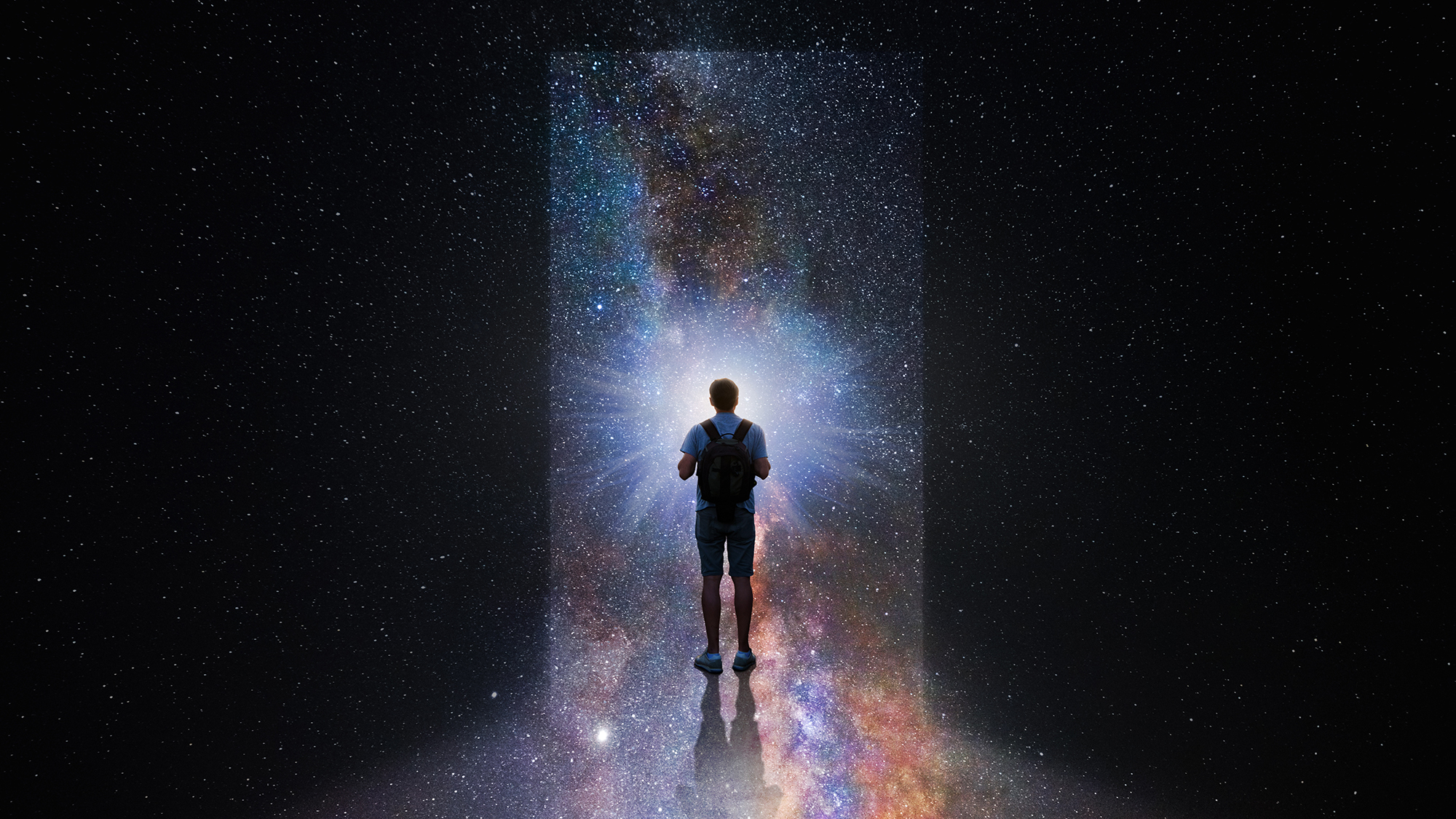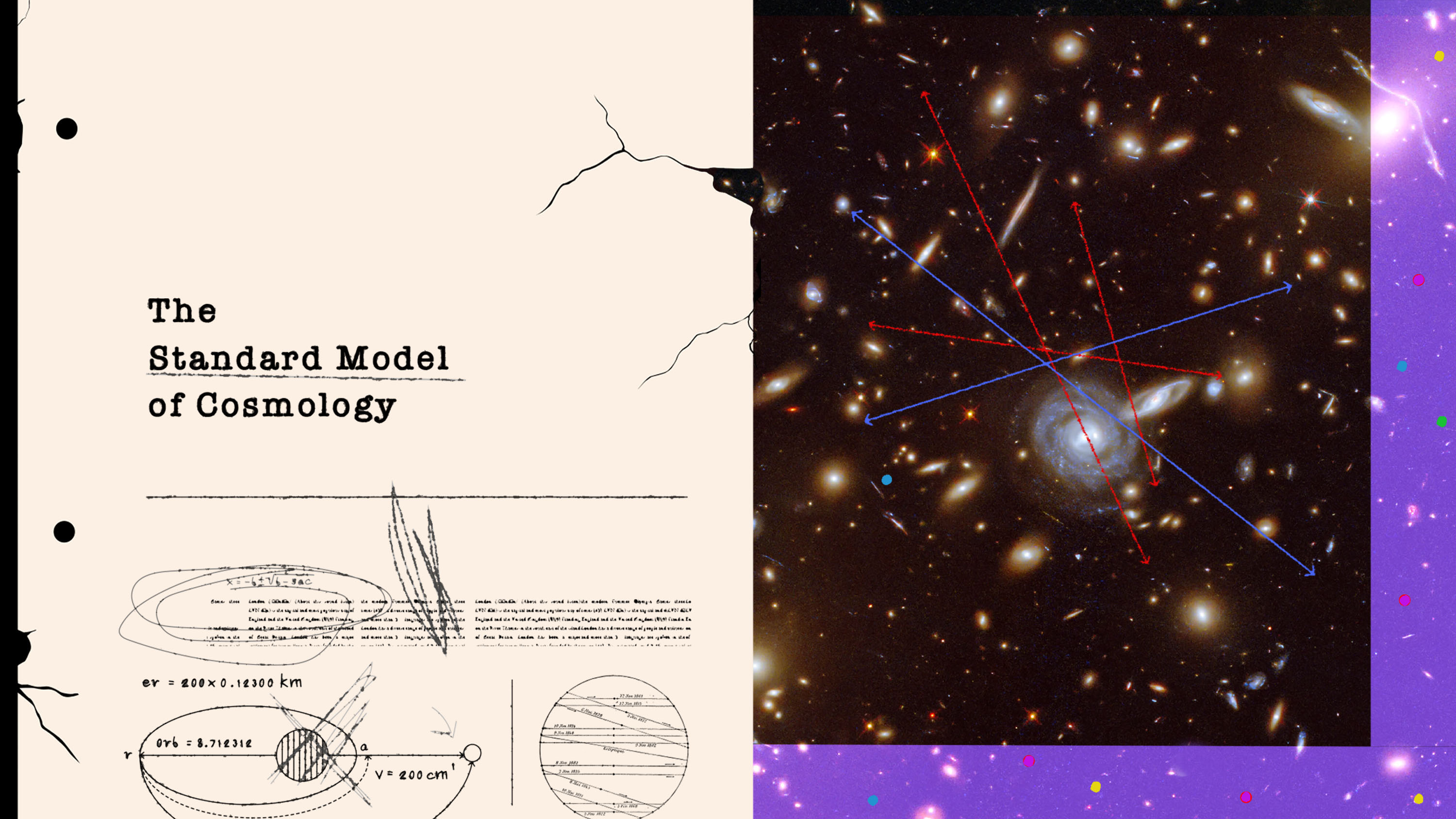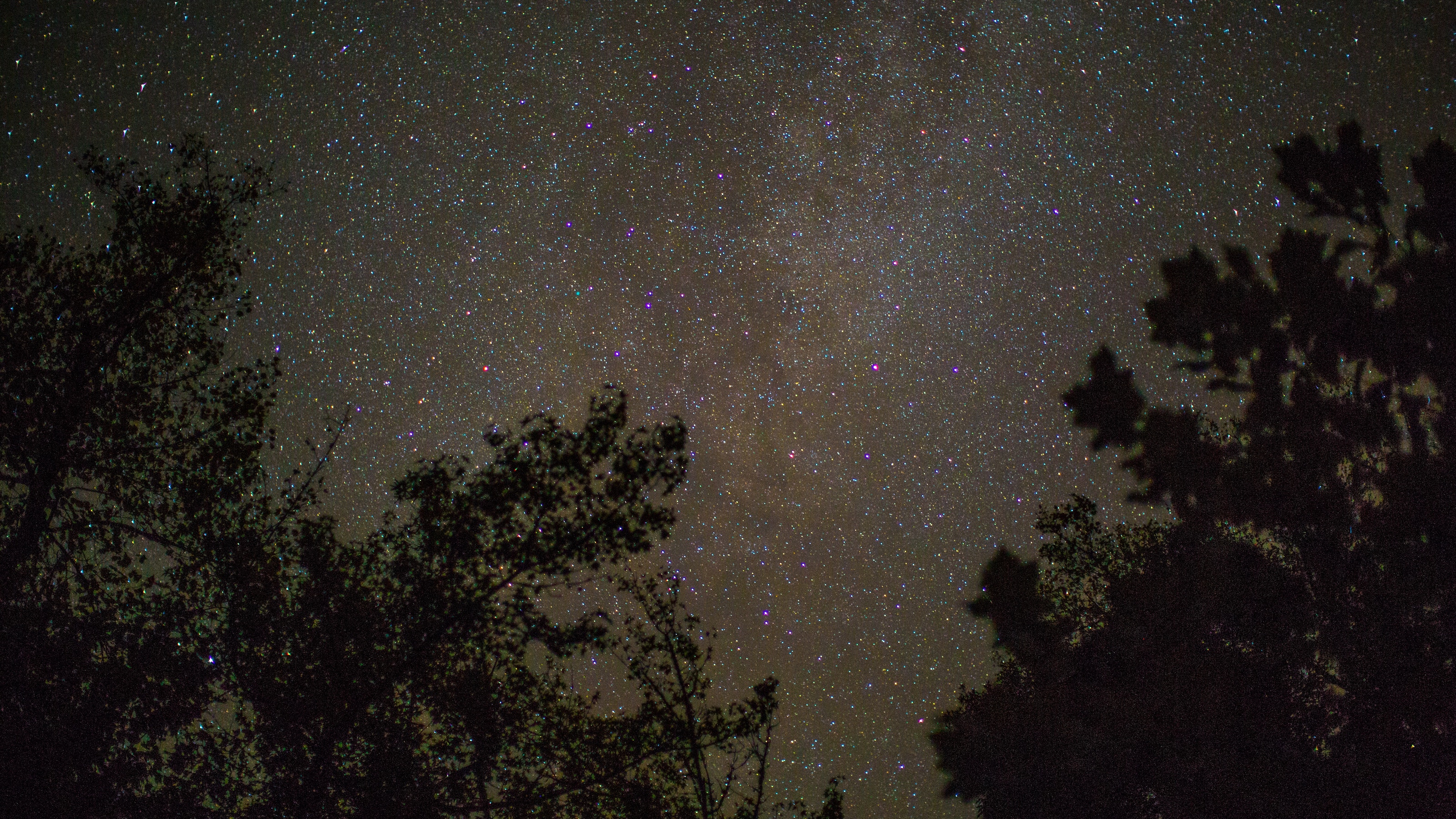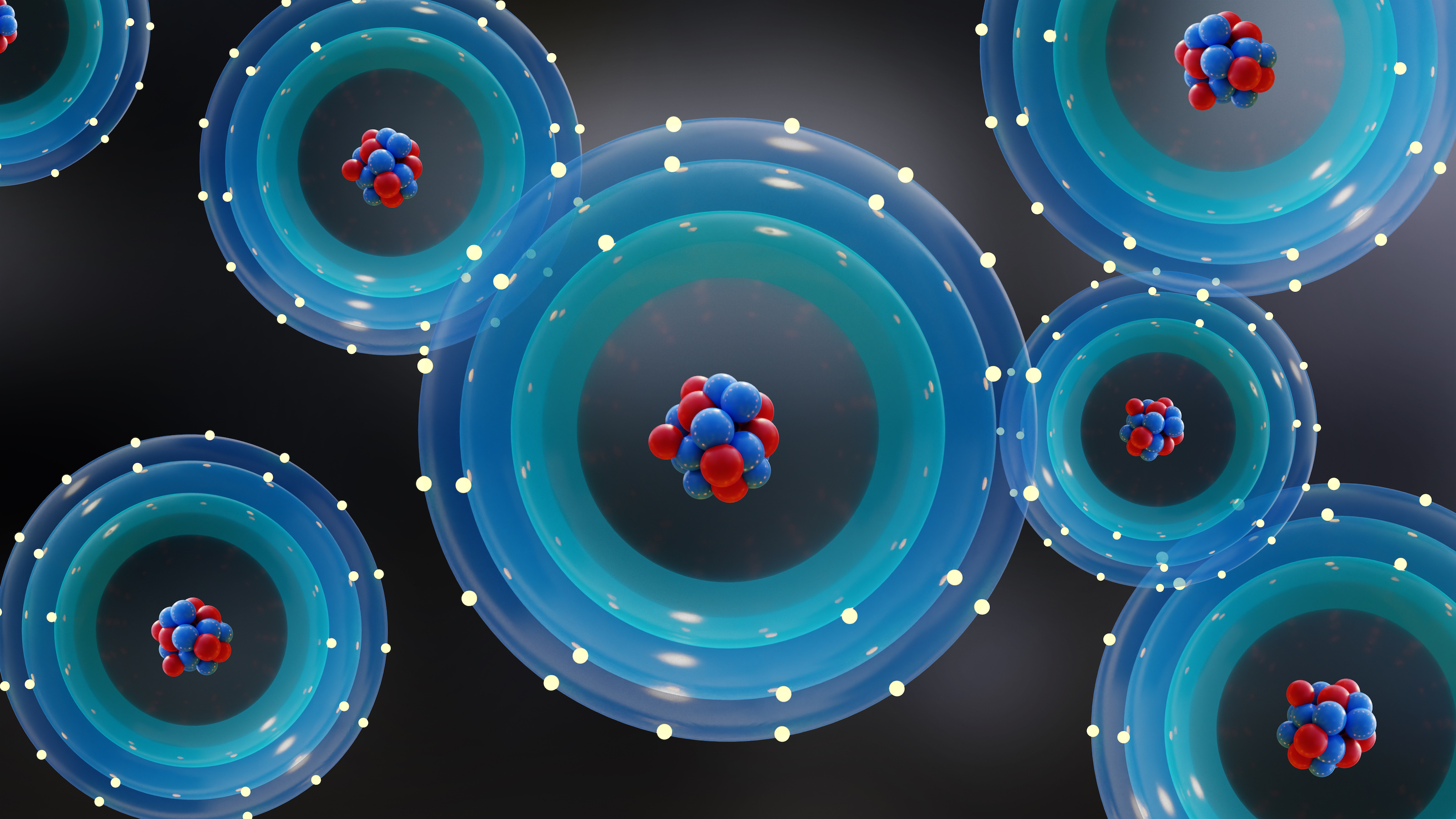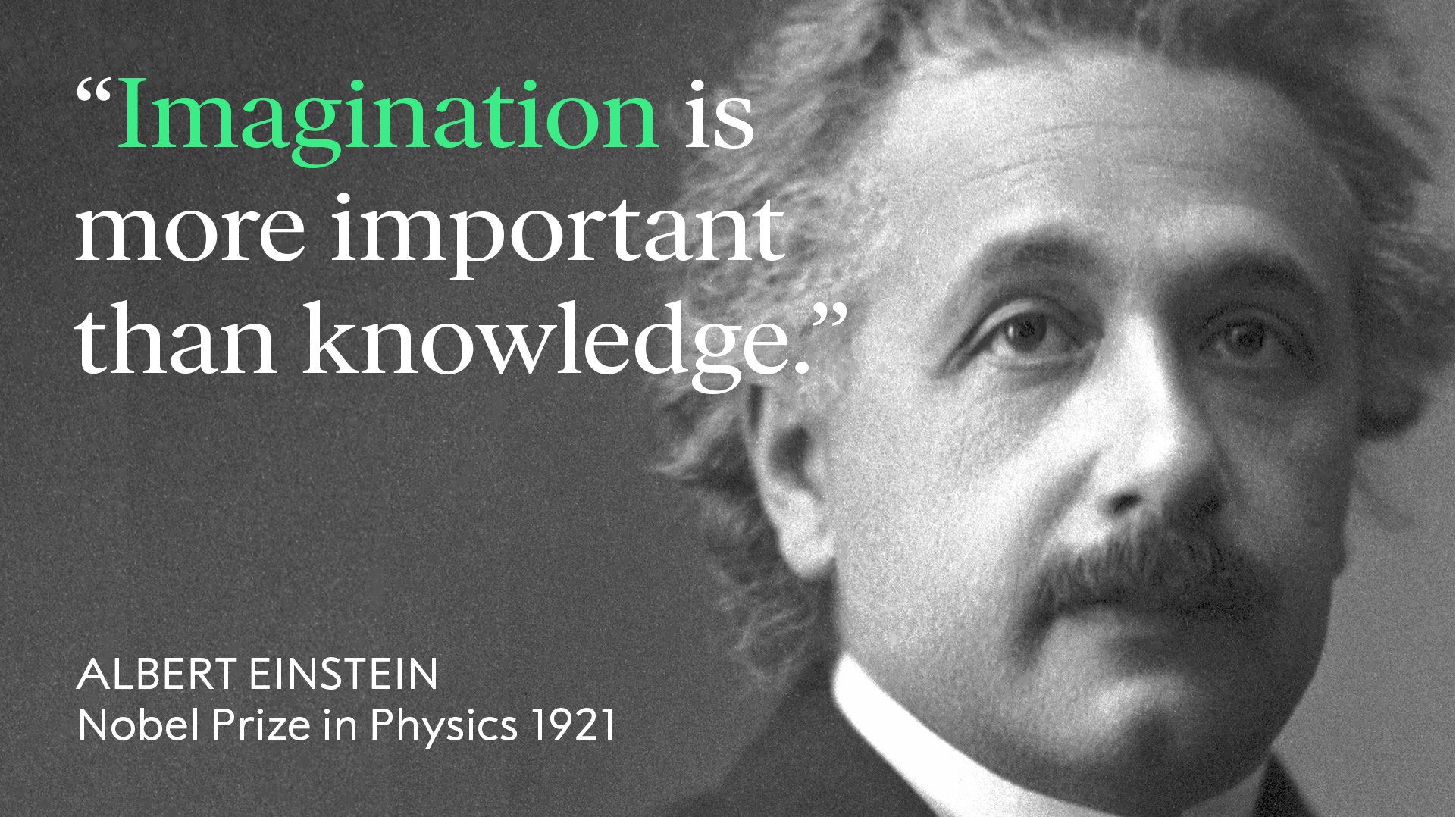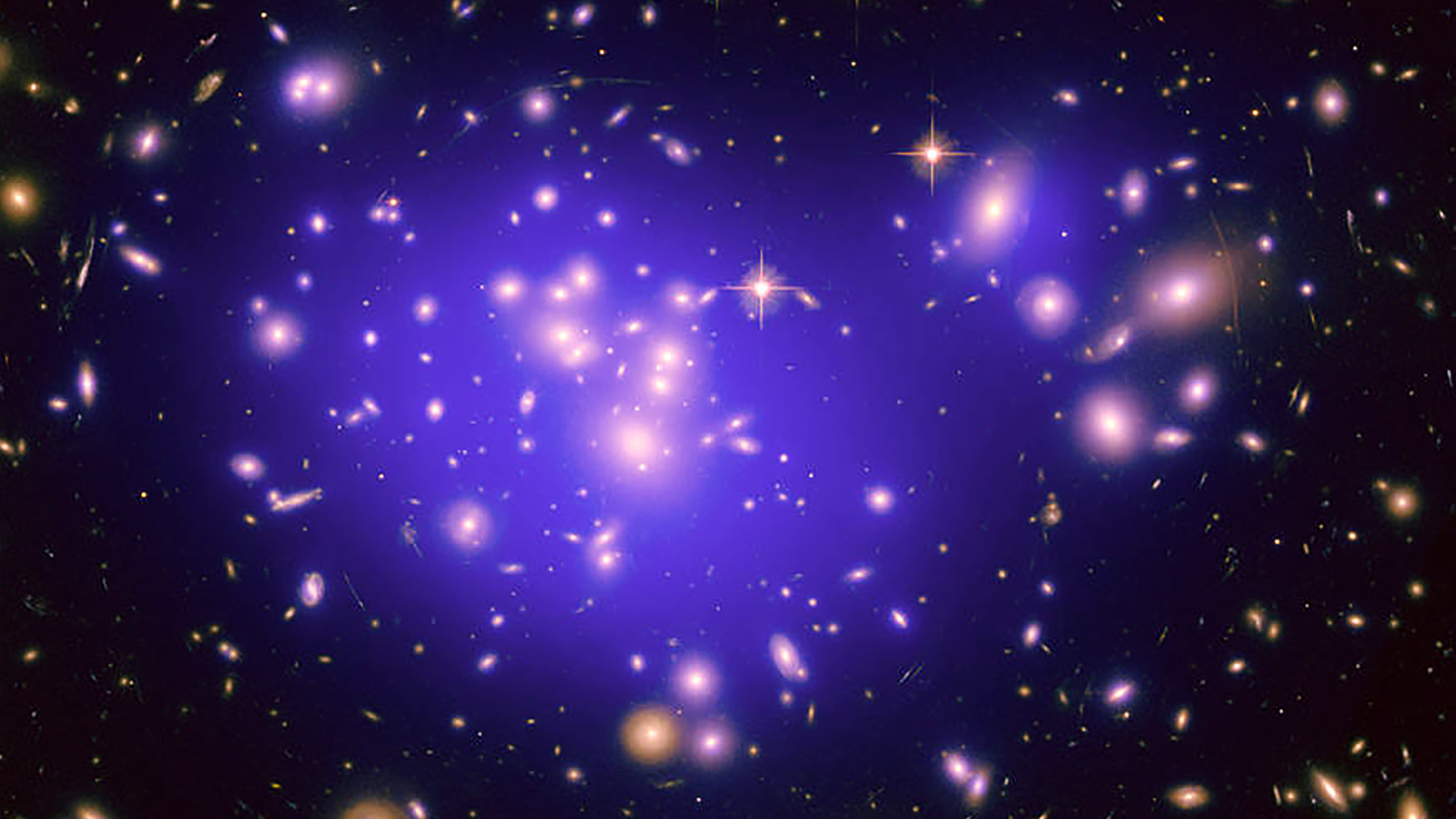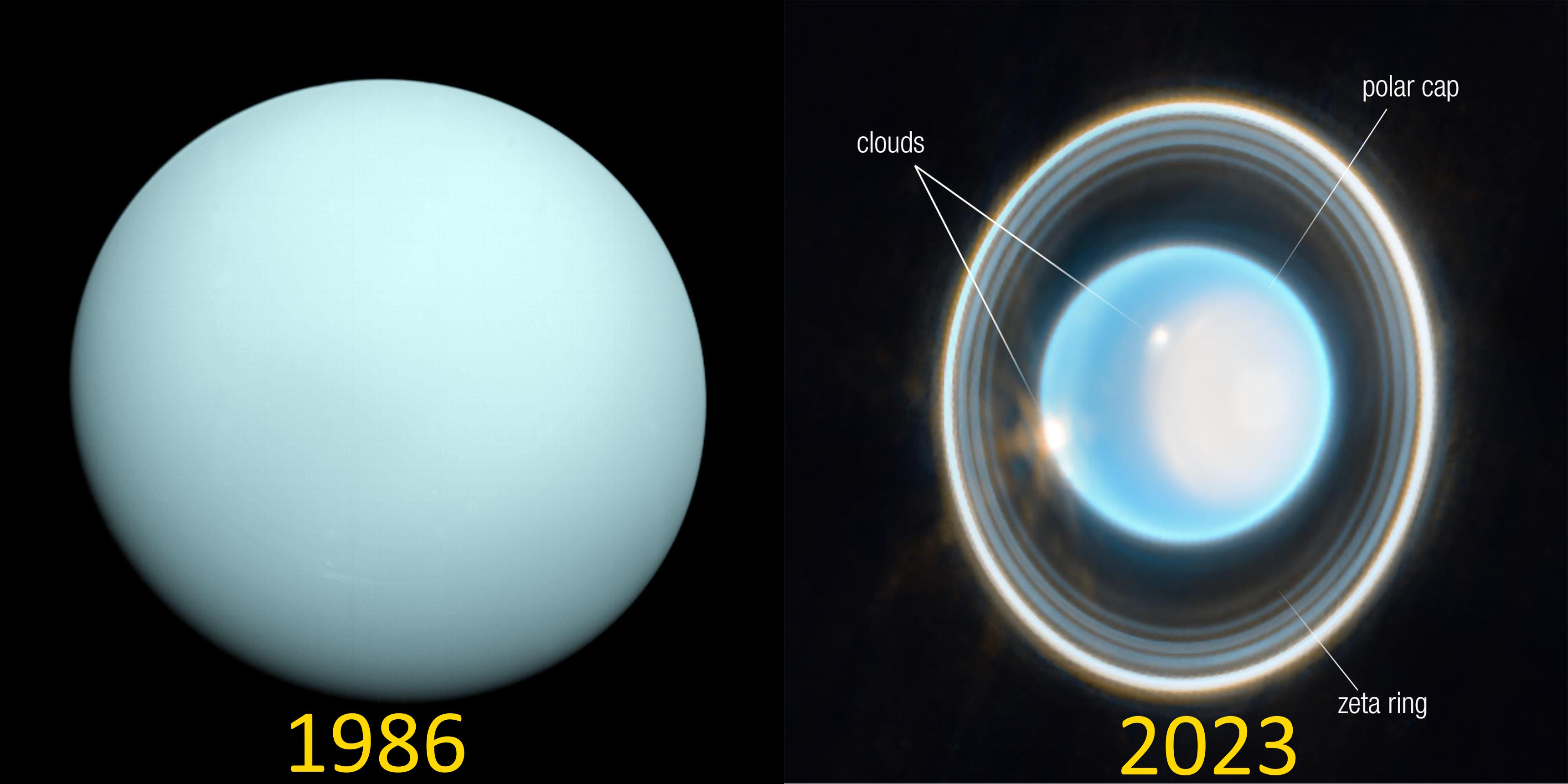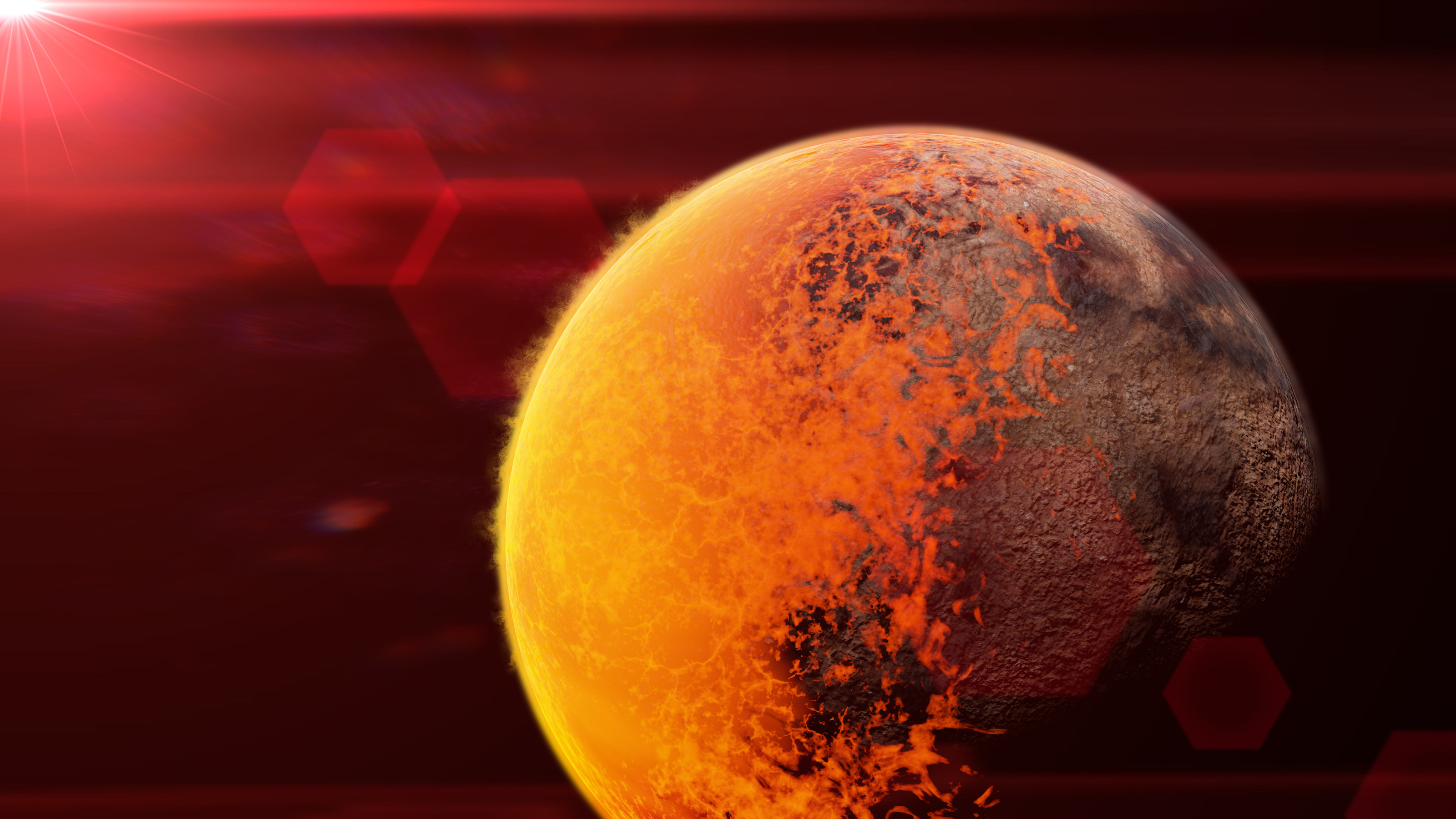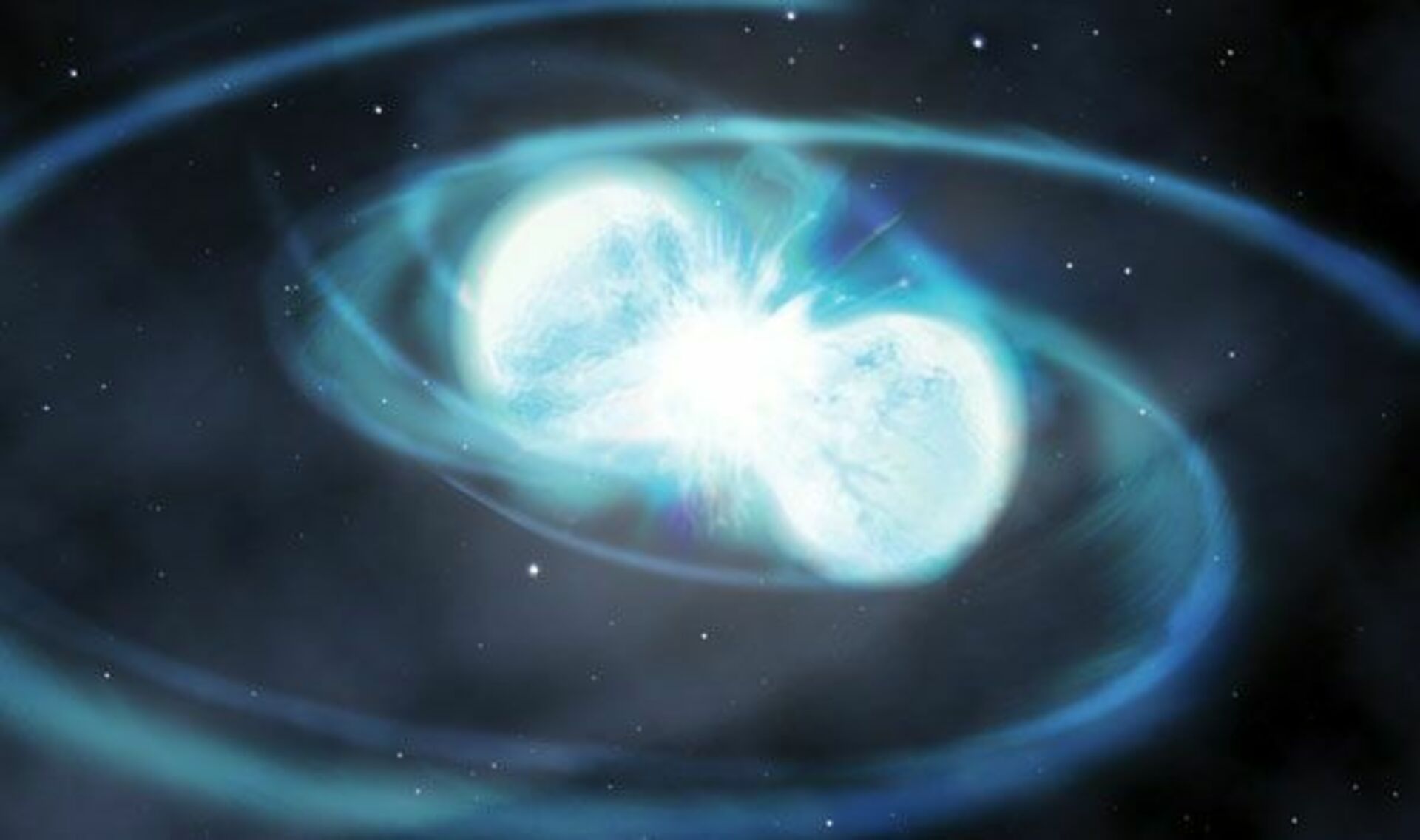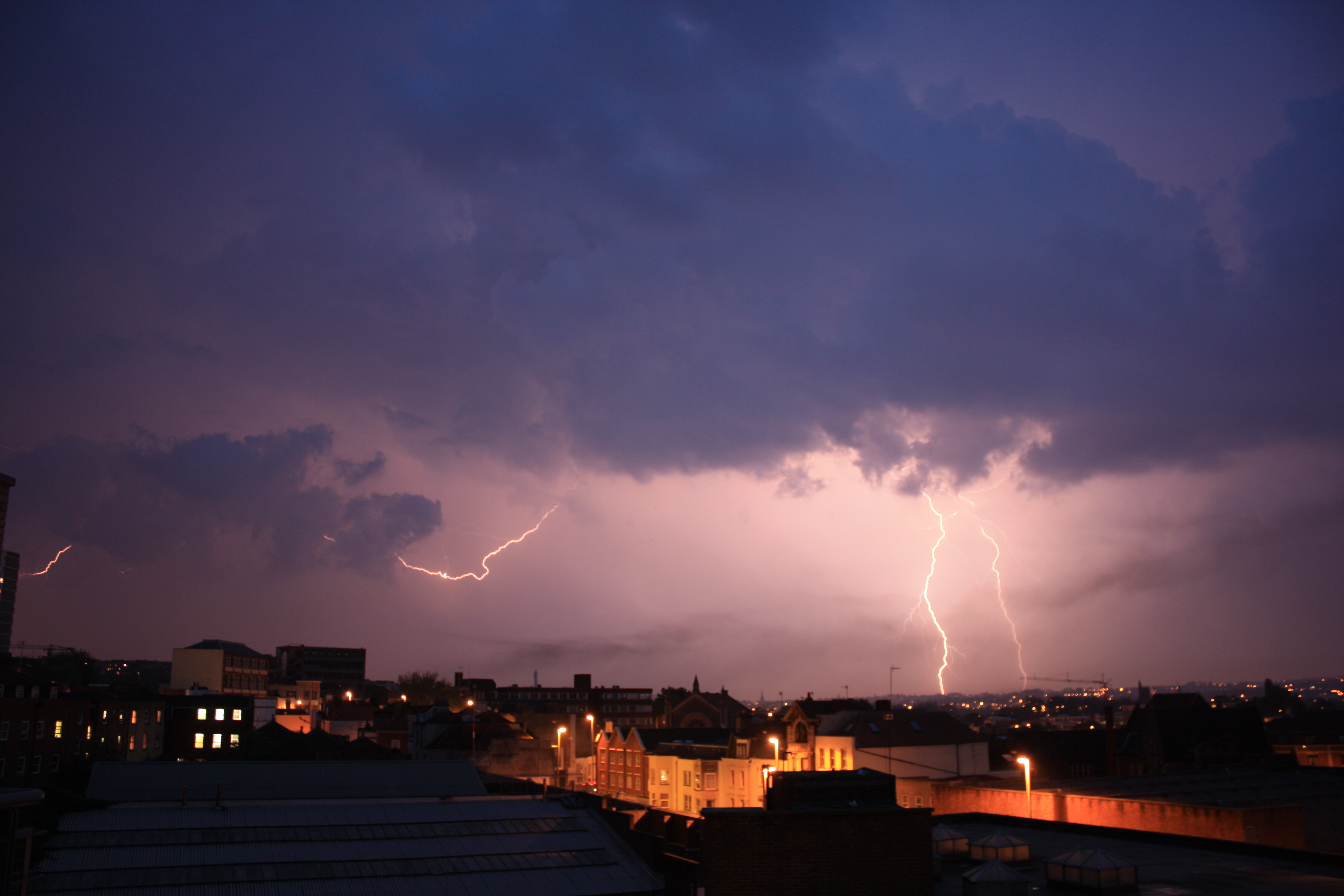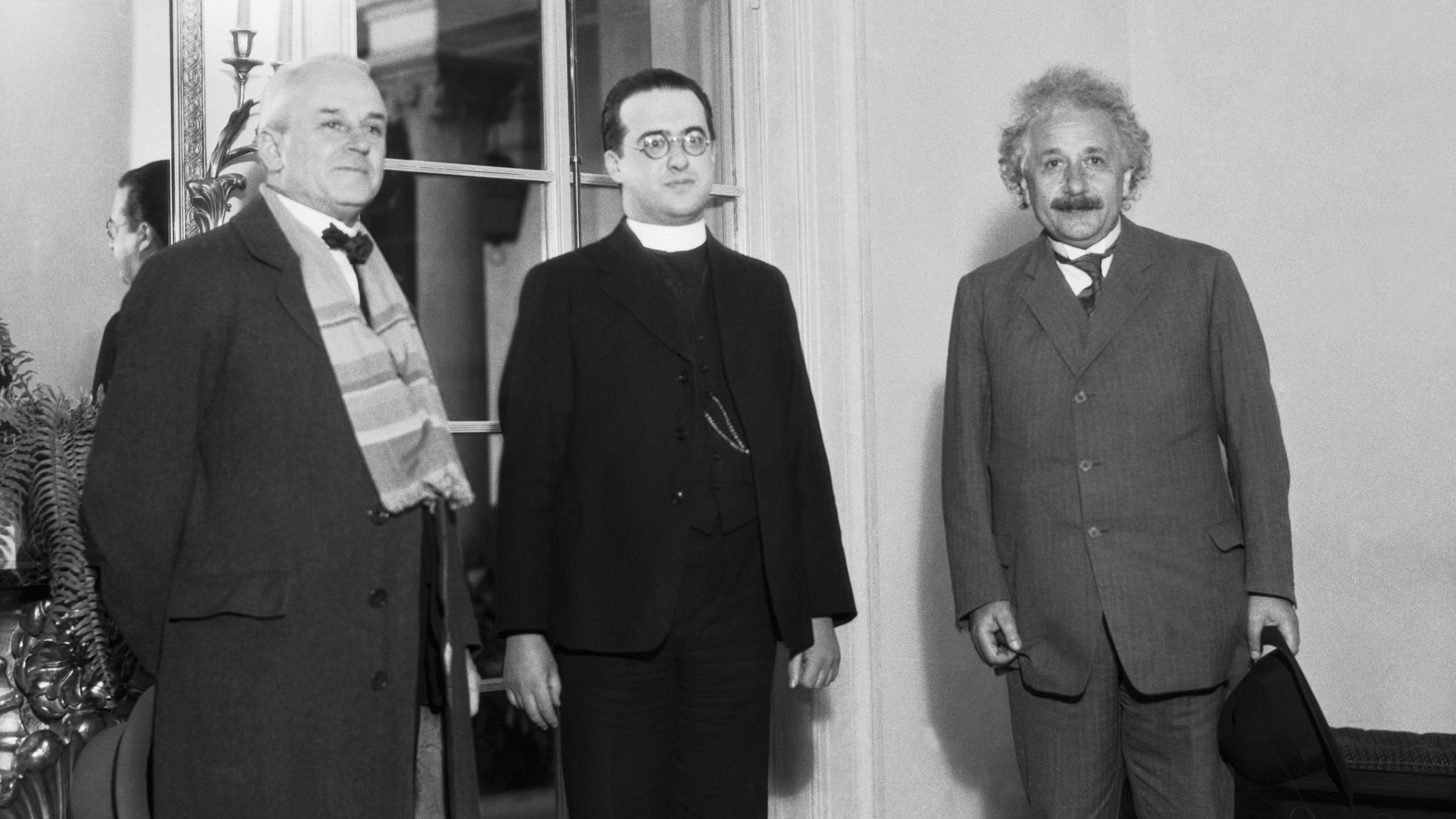Space & Astrophysics
Many planets will eventually be devoured by their parent star. For the first time, we caught a star in the act, eating its innermost planet!
The conservation of energy is one of the most fundamental laws governing our reality. But in the expanding Universe, that’s just not true.
It’s not about fairness. It’s about using every possible advantage.
These high-mass, rapidly star-forming galaxies have called modern cosmology into question. But hi-res simulations show no tension at all.
All forms of energy affect the expanding Universe. But if matter and radiation slow the expansion down, how does dark energy speed it up?
How do physicists solve a problem like entropy?
The best evidence for dark matter is astrophysical and indirect. Do new lensing observations point to ultra-light, wave-like dark matter?
Once the initial blaze of heat dissipated, the constituent particles of atoms were free to bind.
The cosmic microwave background offers clues.
Finding out how the Universe grew up was the biggest science goal of JWST. This ultra-early proto-galaxy cluster is one amazing discovery.
From quarks and gluons to giant galaxy clusters, everything that exists in our Universe is determined by what is (and isn’t) bound together.
The acceptance of our cosmic loneliness and the rarity of our planet is a wakeup call.
Perhaps we should be searching for “other Mercurys” rather than “other Earths.”
JWST has brought us more distant views of the early Universe than ever before. Is the Big Bang, and all of modern cosmology, in trouble?
Cosmologists are largely still in the dark about the forces that drive the Universe.
What would become the Big Bang model started from a crucial idea: that the young Universe was denser and hotter.
Like Mars today, Venus used to be a sci-fi superstar. Recent discoveries could re-ignite our interest in Earth’s “evil twin.”
With infrared capabilities and image sharpness far beyond Hubble’s limits, JWST looked at Hubble’s deepest field, revealing so much more.
Though he renounced philosophy, Stephen Hawking’s final theory of the universe redraws the basic foundations of cosmology.
The Universe is grand, awe-inspiring, and greater than we likely imagine. Even astrophysicists get anxious thinking about it, but we cope.
It may be time for a cosmological paradigm shift.
For many years, some cosmologists embraced the idea of an eternal, steady state universe. But science triumphed over philosophical prejudice.
With a massive, charged nucleus orbited by tiny electrons, atoms are such simple objects. Miraculously, they make up everything we know.
“Imagination is more important than knowledge” is often taken to mean that your conceptions outweigh what’s real. That’s not what he said.
Stars orbiting black holes were observed to move significantly slower than expected. One explanation centers on dark matter.
Voyager 2 flew past Uranus in 1986, finding a bland, featureless world. Now, in 2023, JWST’s sights are similar. There’s a reason for that.
When white dwarfs explode, they create a type Ia supernovae. After decades of following the leading theory, here’s the complete overhaul!
From up close, the cracking sound of a thunderclap dominates. From far away, it’s more like a drawn-out rumble. Can science explain why?
Einstein called his idea “abominable,” but the world of physics came around to embracing the views of Georges Lemaître.
